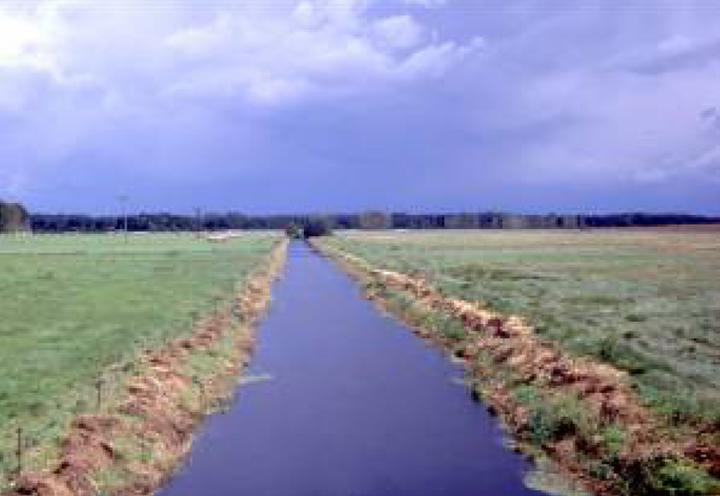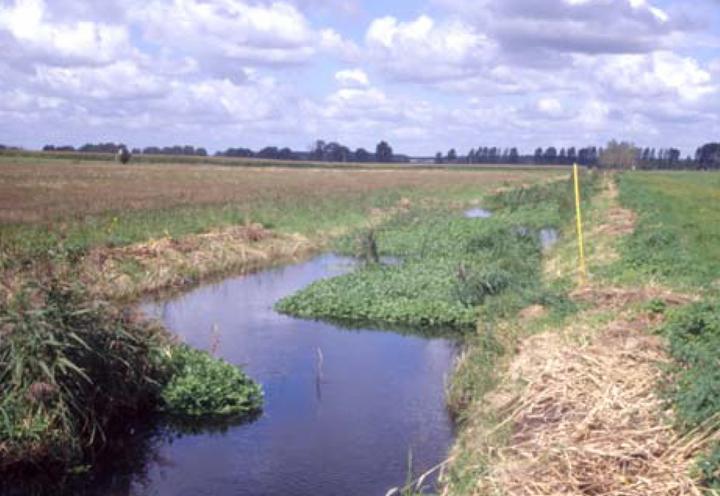Modify aquatic vegetation maintenance
Contents
- 1 Modify aquatic vegetation maintenance
- 1.1 General description
- 1.2 Applicability
- 1.3 Expected effect of measure on (including literature citations):
- 1.4 Temporal and spatial response
- 1.5 Pressures that can be addressed by this measure
- 1.6 Cost-efficiency
- 1.7 Case studies where this measure has been applied
- 1.8 Useful references
- 1.9 Other relevant information
Modify aquatic vegetation maintenance
Modify aquatic vegetation maintenance06.
In-channel structure and substrate improvement
General description
Many streams, especially in the lowland regions, are located in agricultural areas. Due to the lack of riparian forests and shading as well as high nutrient inputs, excessive growth of aquatic vegetation (macrophytes) is common. Maintenance of these streams usually includes the mechanical removal of aquatic vegetation several times per year to ensure the efficient drainage of agricultural areas, reduce sedimentation and flooding risks.
This management practice favours macrophyte species able to cope with a high level of physical disturbance while intolerant species become rare or disappear (homogenization of macrophyte communities), and frequent cuttings decrease macrophyte diversity (Baatrup-Pedersen and Riis 2004). Moreover, fish and invertebrates are affected by weed cutting since macrophytes are important habitats in lowland streams, cutting increases animal drift (Statzner and Stechmann, 1977, Kern-Hansen, 1978, Meyer, 1987), and a large number of animals are removed with the cut plants (Pearson and Jones, 1978, Dawson et al., 1991).
To mitigate the negative effects of dredging or weed cutting, several guidelines recommend to leave some macrophytes, either on one or both sides of the channel or as alternating patches that induce a sinuous flow pattern (e.g. DWA 2010) and to cut the weeds in summer rather than in spring.
Fig. 1. Conventional (left) and modified, alternating (right) weed-cutting practices in a lowland stream (Untermilde, Germany, photos courtesy of R. Bostelmann, DWA 2010).
Applicability
Expected effect of measure on (including literature citations):
- HYMO (general and specified per HYMO element)
- physico � chemical parameters
- Biota (general and specified per Biological quality elements)
Temporal and spatial response
Pressures that can be addressed by this measure
Cost-efficiency
Case studies where this measure has been applied
- Pastures Bridge Rehabilitation
- Biodiversity conservation and recovery in the river basin of Asón
- Lower Traun
- Narew river restoration project

